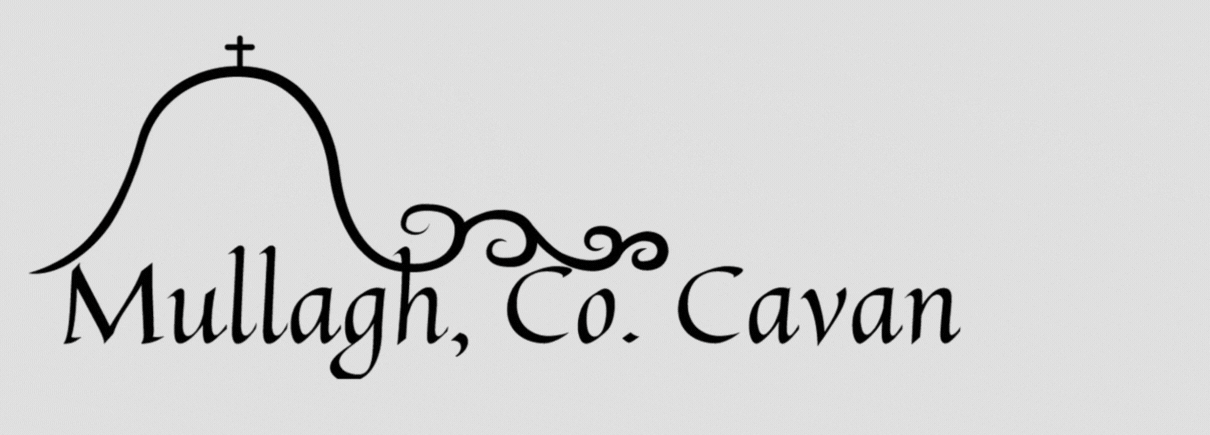Cathair MacCabe: Poet, Harper, and the Loyal Companion of Turlough O’Carolan

Irish Harp
Tucked away in the rolling hills of County Cavan lies the story of Cathair MacCabe (c. 1670–c. 1740), a poet and harper whose life is intertwined with one of Ireland’s most famous musicians, Turlough O’Carolan.
Born in Cloughballybeg, near the vibrant village of Mullagh, MacCabe may not be as widely known as his lifelong friend, but his name echoes through the centuries as a skilled craftsman of Gaelic verse and a figure of lively wit and camaraderie.
A man of education, MacCabe was versed in both Greek and Latin, and, like many Irish poets of his time, carried the torch of the Gaelic literary tradition. Though details about his early life are scarce, it’s believed that he made a modest living as a hedge schoolmaster (hence his nickname of “popish schoolmaster”), choosing to share his bardic talents not for wealth but in exchange for hospitality. His penchant for mischievous humour, paired with his skill as a harper, earned him many patrons, including the O’Donnells of Leitrim.
It was his friendship with Turlough O’Carolan, however, that cemented his place in Irish cultural history.
When the pair first met, Carolan, who was blind, asked his new acquaintance his name and was answered with this riddle: ‘Ta m’ainm faoi mo thoin agus mo shloinne idir mo dha shlinnean’ (my name is under my posterior and my surname between my two shoulders), punning on cathaoir (chair) and referring to the characteristic cape traditionally worn by the McCabe clan.
With a poet’s insight and his famed razor-sharp repartee, Carolan instantly interpreted the riddle and welcomed the man by name saying “Cead míle fáilte romhat a Chathair Mhic Cába”- “a hundred thousand welcomes to you Charles McCabe.” The two heroes then settled into a drinking session which lasted a number of days.
The two harpers roamed Ireland together, performing in the great houses of the west, while often engaging in practical jokes. In fact, MacCabe’s playful banter is the stuff of local legend. On one occasion, MacCabe tricked Carolan into believing he had died, leading Carolan to compose one of his few elegies for a friend. When MacCabe revealed the truth, the two shared a hearty laugh, further strengthening their bond.
Despite his lesser fame, MacCabe’s poetic prowess was highly respected by his peers. His elegy on the death of Manus O’Donnell, a prominent figure from Mayo, stands as a testament to his skill, reflecting the depth of emotion and beauty of Gaelic poetry.
With a kind of macabre symmetry MacCabe discovered the death of Carolan by chance some weeks after the funeral in Co. Roscommon (1738)., and he penned a poignant lament mourning the loss of his dear companion with lines that have since been cherished by generations of Irish poets and musicians.
‘Nil pian, nil peanas, nil galra chomh trom-chraite, le eag na gcarad no scaradh no gcompanach’ (There is no pain, no torment, no distress so heavy and grievous as the death of friends and the parting of companions.)
MacCabe is buried in Gallon churchyard, near St. Ultan’s Well in Killinkere parish. His legacy, though often overshadowed by O’Carolan’s musical achievements, remains an integral part of the rich cultural tapestry of Ireland’s past.
Some six poems and fragments are extant. It is believed that he collaborated with Carolan in some of the latter’s work.

